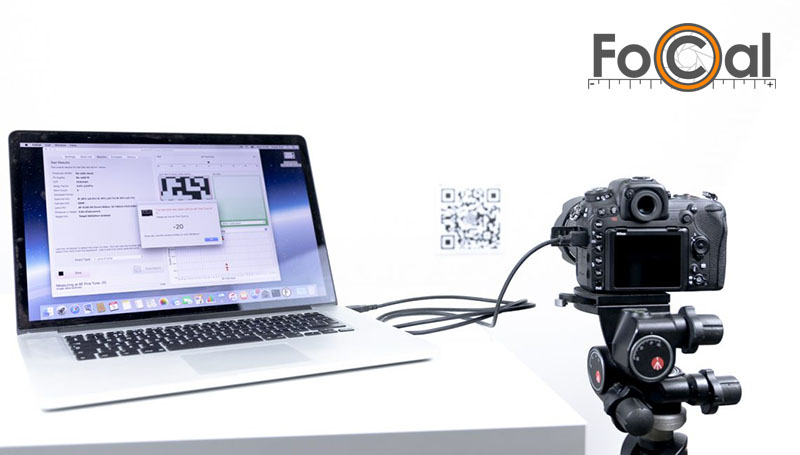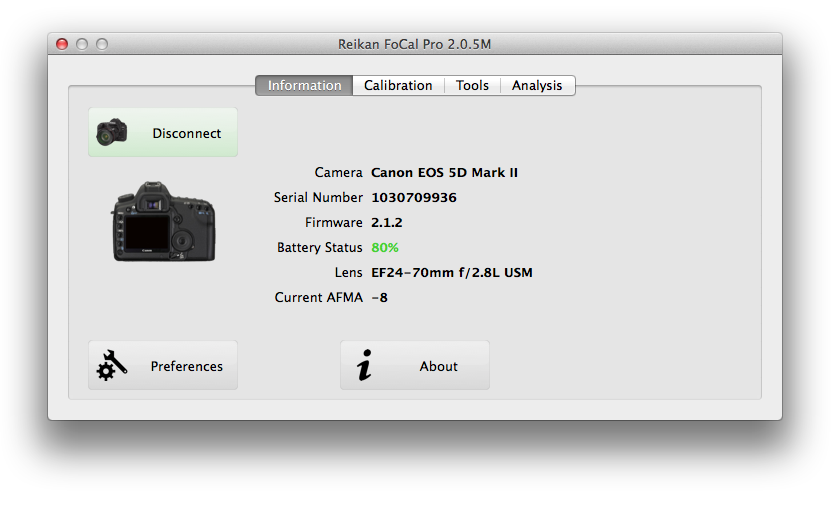

- REIKAN FOCAL FAILED TO SET MIRROR LOCKUP MOVIE
- REIKAN FOCAL FAILED TO SET MIRROR LOCKUP FULL
- REIKAN FOCAL FAILED TO SET MIRROR LOCKUP ISO

W: Failed to fetch Unable to connect to :http: The only difference i see is that says that “Connection refused” Hit:1 zesty InRelease However (on a fixed mount), any method involves a very big trade-off between enough exposure time for the stars, or less exposure time to reduce the Earth's motion blur.I think that my errors are into the same issue. Stars actually are point sources, so comparing to this existing standard for blurriness is very reasonable. We can compute the exposure time that limits the star trail length to a specific length in digital pixels, or to a specific multiple of the Circle Of Confusion (the standard Depth of Field CoC guide of blurriness). It is still NOT about exposure, but it does compute with actual sensor and pixel size. This calculator offers other more specific goal-oriented methods to examine the trailing problem, offering visibility of the situation. Yes, another display of impressive animal training, the dog kept me into the movie, with most of the suspense coming in the form of will the dog.
REIKAN FOCAL FAILED TO SET MIRROR LOCKUP MOVIE
Though the part that kept me pulled into the movie the most was the dog. The Exposure Calculator will compute Equivalent exposures of that, or of other values. Add some music to help add edges to further liven things up, again a nice selection of components to help round out the movie. However, 30 seconds with a longer lens will have objectionable star trails.
REIKAN FOCAL FAILED TO SET MIRROR LOCKUP ISO
Regarding exposure, my notion is that f/2.8 at 30 seconds at ISO 3200 is a decent but minimal Milky Way exposure in a dark sky with a short lens (meaning about 18 mm, ± 6 mm). Then you may want to look at blur length in pixels, and this calculator computes that too. Except however, if you are going to enlarge the viewing size of the image larger than 8x10 inches, CoC will be inadequate. But (depending on f/stop and ISO), exposure probably wants more time.ĬoC can be a few pixels in size, but the CoC definition says we normally can’t see that in an 8x10 inch viewing.
REIKAN FOCAL FAILED TO SET MIRROR LOCKUP FULL
Rule 500 was a close approximation (1.8x CoC) for full frame 35 mm film sensors. Depth of Field is NOT any issue for stars if focused on them at infinity distance, but CoC is an accepted sharpness measurement. Technically, Rule (412 / crop factor) computes an added blur trail not exceeding the normal Depth of Field CoC value for your sensor size. And 30 seconds will add a little blur from star trails, and so will be best with a short lens and a small enlargement. and 30 seconds (that will be excessive for the moon, which is more nearly same as exposures in sunlight, which the moon is).

For exposure of stars in a dark sky, I’d suggest planning to start at about f/2. 5 year 130,000k warranty and Roadside assist. This calculator computes for sensor size and CoC, but not the exposure. Dmax good points: -fuel economy 8.1L supposedly really good compared to the market. A wide sky is a better view of the Milky Way too.īut the "rule" ignores all other factors, like CoC or pixel size, or f/stop and ISO for satisfactory exposure. A short lens works better for this (less magnification from focal length), which the smaller image minimizes blur due to star trails. Maximum Seconds = 500 / (Crop Factor x focal length)įor example, 500 Rule / (1.6 crop factor x 12 mm lens) = 26 seconds maximum time for perhaps acceptable trail blur, but 26 seconds may need ISO 5000 f/2.8 for a minimal exposure. For other sensor sizes, corresponding Rule Number is 500 / crop factor. The 500 Rule assumes 35 mm film or a Full Frame 1x crop factor. I could not find a /etc/X11/nf file to configure manually. The Detect Displays button on the Display Settings Settings screen is not reachable, because 640x480 is too small. Previous Ubuntu installations are fine with bigger resolution. Greater focal length does magnify the Earth’s rotation, and the original "500 Rule" concept was only about the length of the star trail blur on 35 mm film, due to the long exposure time capturing the rotation trail due to a fixed camera mount:ĥ00 Rule: Maximum Seconds = 500 / focal length Adding guest additions again doesnt help. Length 44.1mm Diameter 69.6mm Weight 360g Front mount Canon, Nikon Camera mount Sony E (full. The "Rule" is only about an acceptable rotational trail length. As it is, the multiplier 1.4x Lens elements 5 rm deserves full marks Groups 4 for sheer ingenuity. The original 500 Rule is Not about other sensor sizes, nor about computing exposure time. The "500 Rule" was a rough guide (in older days for 35 mm film, today for 1x sensor size) about maximum allowable exposure time of star photographs due to the Earth’s rotation making star trails when camera is on a fixed tripod.


 0 kommentar(er)
0 kommentar(er)
